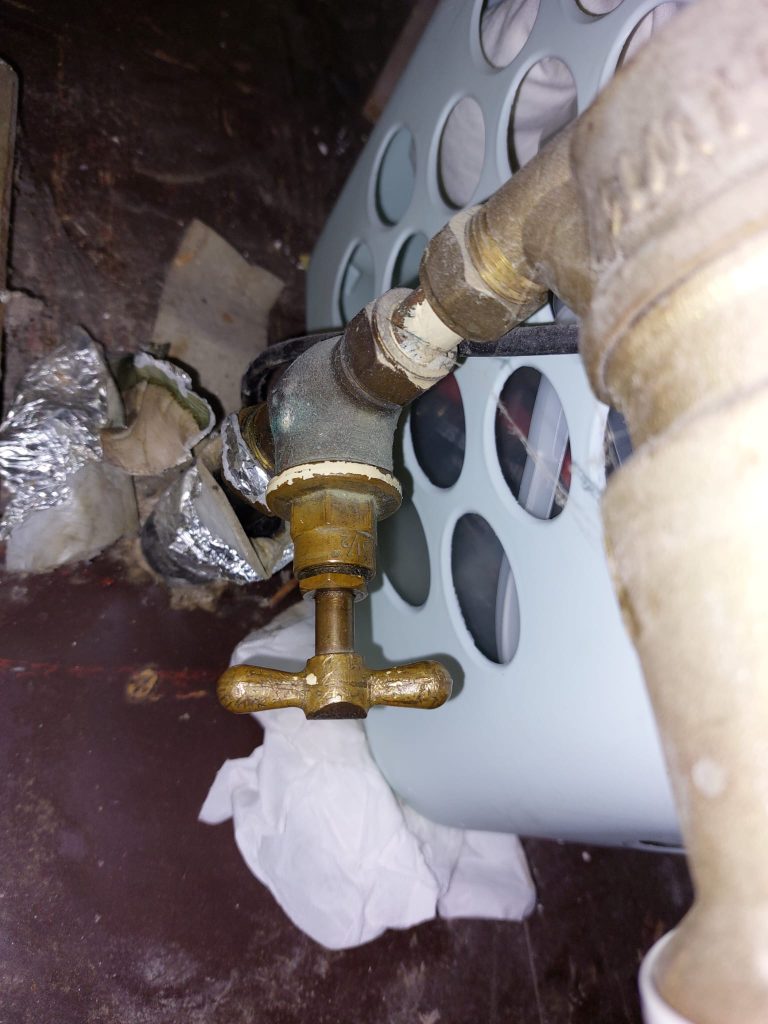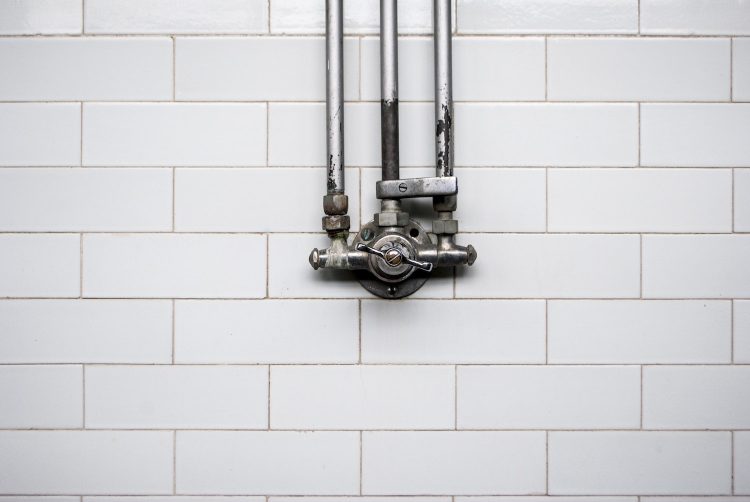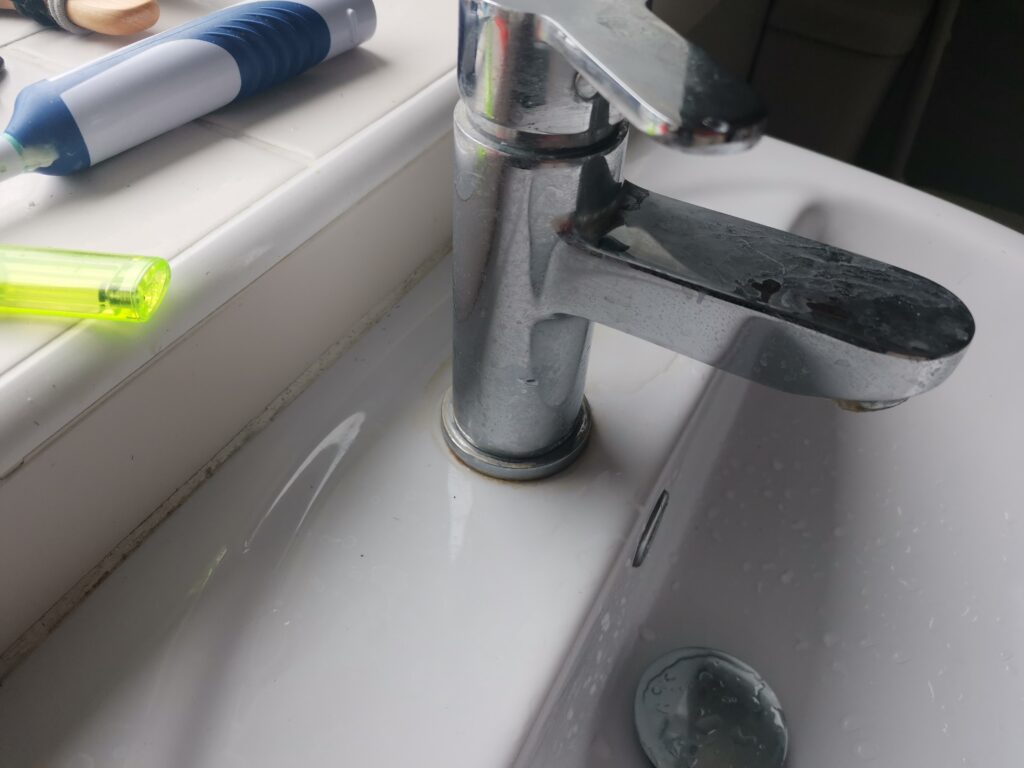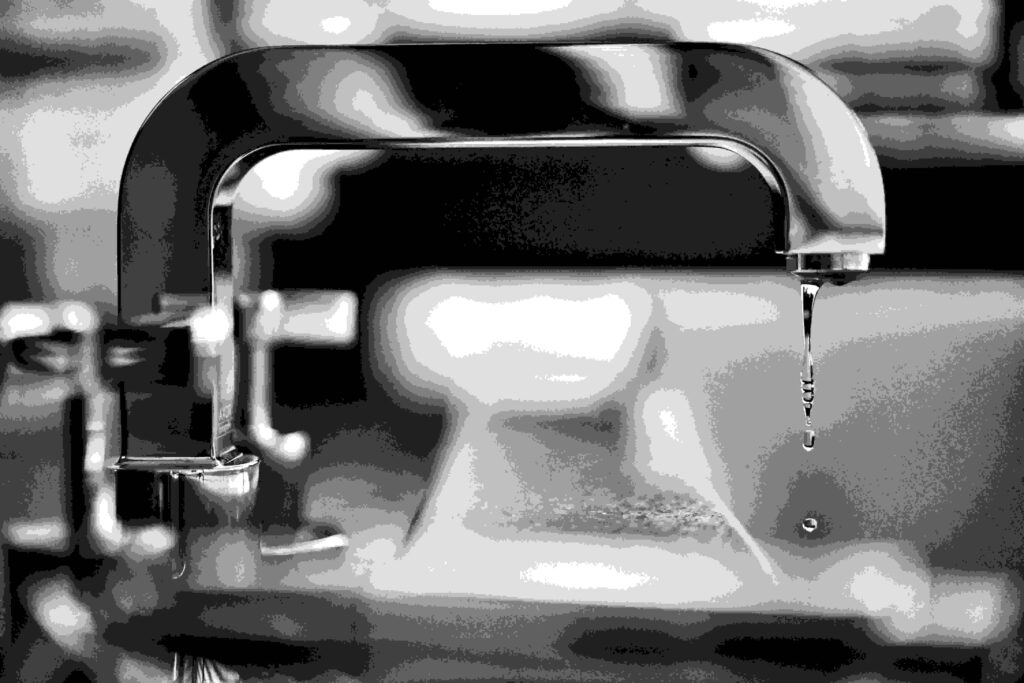What Causes Brown or Discolored Water?
Brown or discolored water flowing from your tap can be a disconcerting and unpleasant experience. It’s essential to understand the potential causes behind this issue and how to address it promptly. In this article, plumbers Bristol will delve into the various factors that can lead to brown or discolored water, its implications for your health and plumbing, and steps you can take to prevent and resolve this common problem.

Clean tap water is something we often take for granted. However, encountering brown tap water can be quite alarming and inconvenient. Understanding why this happens and how to deal with it is crucial for maintaining a healthy home environment.
The Source of the Problem
Sediments and Minerals Causing Discolored Water or Brown Water
One of the primary reasons for discolored water is the presence of sediments and minerals in your water supply. These particles can accumulate in the pipes over time, leading to rusty or brownish water.
Natural Sediments
Brown tap water often results from sediments entering the water supply. These can be natural sediments like soil and organic matter that find their way into the water system. During heavy rains, these sediments can be stirred up and infiltrate the water pipes.
Iron and Manganese

Iron and manganese are common culprits behind brown tap water. These minerals are naturally present in groundwater and can cause the water to turn brown or even black when they oxidize.
Other Minerals
Other minerals like copper can also cause discolouration, although they are less common. These minerals can leach into the water supply from old plumbing systems.
Corroded Pipes
Corrosion within your plumbing system can result in the release of rust into the water supply, causing discoloration. Older plumber pipes are particularly susceptible to this issue.
Older water systems with corroded pipes are more likely to cause brown water. As pipes age, they can corrode and release rust particles into the water, leading to discolouration.
Discolored Water Supply
Sometimes, the discolored water may be attributed to the water supply. Changes in the water source, maintenance work, or issues in the distribution system can all affect water quality.

Health Concerns With Discolored Water
Health Implications of Brown Tap Water
Potential Health Risks
While brown tap water is generally not harmful to health, it can indicate the presence of other contaminants. Drinking water with high levels of iron or manganese over a long period can cause health issues like stomach problems and stained teeth.
Safe Levels of Minerals in Drinking Water
The World Health Organization (WHO) and other health bodies set guidelines for safe levels of minerals in drinking water. Ensuring that your water supply meets these standards is crucial for health and safety.
Is it Safe to Consume Brown Water?
Discolored water can raise concerns about its safety for consumption. In most cases, brown water is not harmful, but it’s essential to verify this with your local water authority.
Microbial Growth

In rare instances, discolored water may indicate microbial growth in your plumbing system. This can be a health hazard and should be addressed promptly.
How to Prevent and Resolve the Issue
Regular Pipe Maintenance to avoid Discolored Water
To prevent discolored water, consider regular maintenance of your plumbing system. This includes inspecting and replacing corroded pipes.
Flushing the Pipes so you don’t have Brown Water
If you notice discolored water, run your taps for a few minutes to flush out the sediment. This can often resolve the issue.
Discolored Water Filtration Systems

Installing water filtration systems can help improve water quality and reduce the chances of discoloration.
Consult Your Local Water Authority if the tap gives Discolored Water
If you suspect the issue lies with the municipal water supply, contact your local water authority for guidance and updates on water quality.
Experiencing brown or discolored water from your tap can be concerning, but it’s usually a solvable problem. Understanding the potential causes, the health implications, and how to prevent and address the issue are key to ensuring clean and safe drinking water for you and your family.
Identifying the Source of Brown Tap Water
Checking Your Pipes

One of the first steps in identifying the source of brown water is to check your home’s plumbing. Inspecting the pipes for corrosion or sediment build-up can help determine if the problem lies within your home.
Assessing Your Water Supply
If the issue isn’t within your home, the problem may be with the municipal water supply. Contacting your water provider for a water quality report can provide insights into the source of the discolouration.
FAQs
Is brown water and Discolored Water safe to drink?
Brown water is generally safe to drink, but it’s recommended to check with your local water authority for confirmation.
Can discolored water damage my plumbing?
Yes, prolonged exposure to discolored water can potentially harm your plumbing system, especially if the cause is corrosion.

How can I prevent brown water in my home?
Regular pipe maintenance, flushing your taps, and installing water filtration systems are effective ways to prevent discolored water.
Preventive Measures for Brown Tap Water
Regular Maintenance
Regular maintenance of your home’s plumbing can prevent the build-up of sediments and rust. This includes flushing your water heater regularly and replacing old pipes.
Water Filtration Systems
Installing water filtration systems can also help. Filters designed to remove sediments and minerals can ensure that the water coming from your tap is clear and safe to drink.
Is brown water and Discolored Water a sign of contamination?

In rare cases, brown water may indicate microbial contamination, which should be addressed immediately.
Read about replacing a washer in a tap.
What should I do if I suspect a Brown Water issue with the water supply?
Contact your local water authority to report the issue and seek guidance on water quality in your area.

